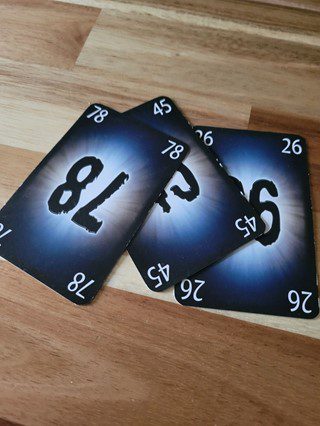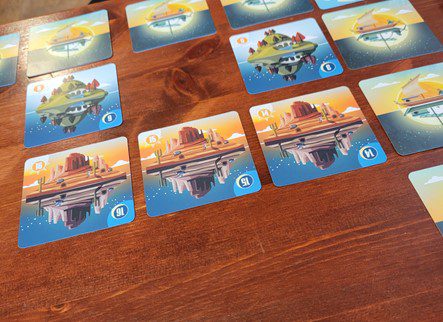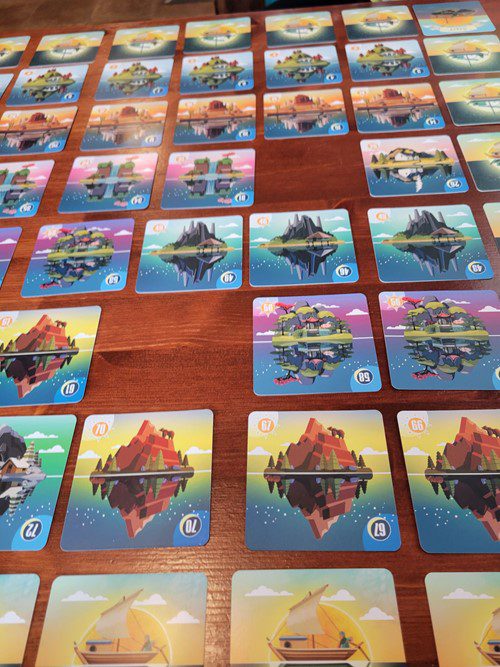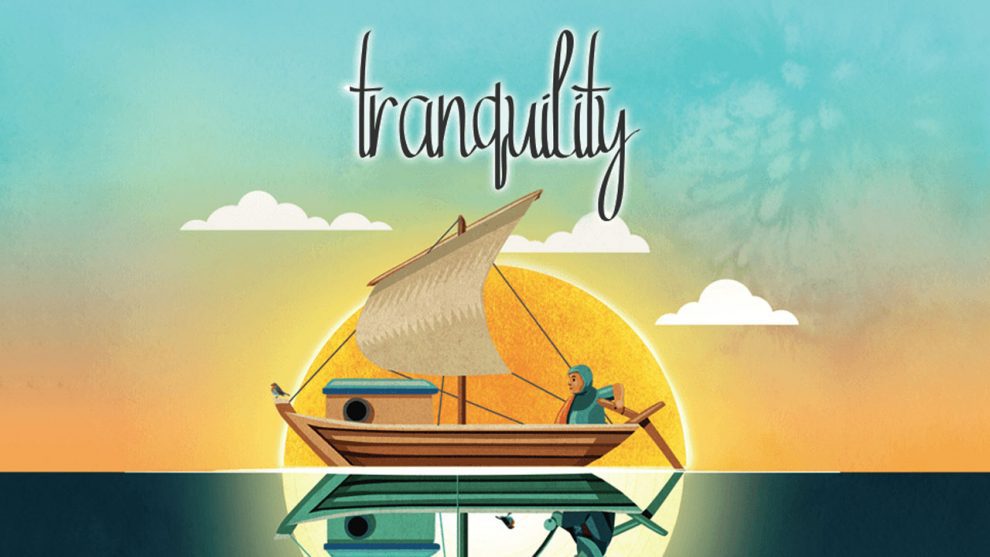To interpret is to welcome isolation. With many art forms designed for individual consumption–books, video games, films, painting, sculpture–we encounter an object and interpret it, for stimulation or entertainment. However, even when we compare our interpretations, argue about them, weigh them against others, we lock them within a frame and send that frame out to do battle, to see how strong it is.
What is fascinating and distinct about tabletop games as an art form is that games are mechanical, but not always mechanized. What I mean by this is that tabletop games contain operations and mechanisms that “run” when the necessary input occurs (I move my piece here, and then an event occurs), but the interpretation in many cases is contingent on another person accepting and processing that interpretation, responding to it in kind. In other words, we must share and agree upon the rules in order to play.
Because many board games are not mechanized, the entire experience can completely fall apart if collective interpretation is not collectively maintained. In a video game, you can choose to not interact or do what the game wants you to do, but in many cases, the game continues regardless. Consequences still occur in spite of your refusal to play ball.
In tabletop games, players can break a game, or play it counter to “the way it’s supposed to be played.” For instance, in a game where you can freely move pieces for attack and defense, you could opt to make no move at all, which in many cases, might run counter to the function of the game. This can also sometimes be referred to as “degenerate” play. To counter this so-called degenerate play, many game designs add what I call mechanical impositions in an attempt to mechanize the game, to make it work as intended. I think this choice has interesting implications about what it means to “play”.
As an example of what I’m trying to outline here, there are two games that work within a similar conceptual space, one of which has more mechanical impositions than the other, and those impositions have a very real effect on the form of what a tabletop game can be. The two games in question are The Mind and Tranquility.

The Mind was a controversial game to many, because it does not, at first, appear to be a game in the sense that many people conventionally define it. There is a deck of cards, numbered 1-100, and players cooperatively attempt to beat “levels” of the game. Each level corresponds to a number of cards dealt to each player (level 2, each player receives 2 cards randomly), and the goal is simple. With no individual turns and no communication allowed (with one exception, which isn’t germane to what I’m talking about here), players must lay the cards down on top of one another in ascending order. Mistakes are penalized with the loss of a “life,” and when the group has lost a set number of lives, the game is over. If you make it through a set number of levels, the group wins.
Because this is the entire rule structure of the game, players are left to their own devices in trying to read the other players to determine where their cards lay in that ascending order, and try to connect with a collective conception of timing.
There is, however, a non-verbal way to “break” this puzzle that is pretty ironclad. This might spoil the game for some, so skip to the next paragraph if you’re not interested. If players, upon falling silent and beginning a level, simply count “one-one thousand, two-one thousand” in their heads, playing their cards when they get to the relevant numbers, the game simply becomes a trivial counting exercise.
Tranquility is a sort of response to this method of play. This game was produced after The Mind, and in many ways, it is a direct and academic response to it.

In Tranquility, players are dealt a hand of five cards, the numbers of which range from 1-80. There is a play space that forms a 6×6 shape, allowing for 36 cards to be played. The objective of the game is to lay the cards down in ascending order, starting at the bottom left corner, filling from left to right, bottom to top. Cards can be played anywhere in the grid, with an additional rule that when a card is placed next to another card, the player must pay the difference between the numbers (1-4) cards to a discard pile that is out of the game. When played next to two cards, the lower difference is chosen. Additionally, players take turns in sequence, but the non-communication rule is intact. If all 36 spots can be filled (along with two additional cards, which I won’t cover), the players win. If it becomes impossible to play cards, the game is lost.
The difference between the two, in my mind, is that Tranquility utilizes a mechanical imposition to enforce an interpretation of what play of this type of game ought to be. It is a challenging puzzle, and the cheat that allows a group of people to beat The Mind is absent. If a cheat exists, it is much more difficult and complex to implement, likely being the equivalent of hacking into a video game to change the base code in order to make your character fly or something.
In order to play The Mind and make the game more than an exercise in counting in your head, players must interpret in good faith, meaning they must attempt to agree with the other players to try and animate the game, to breathe life into it. There is an odd sort of spiritualism to this exercise, an act of trust. You are not forbidden from counting in your head in The Mind.
Tranquility, on the other hand, creates a puzzle with bounds protecting its interpretation of what this type of game is.

I don’t have much interest in saying one version is better than the other, or one vision is the correct one. What I can say is that the material implications of playing a game like The Mind have ripple effects in how we interpret and understand what the art form of tabletop games can be, and I am curious to see how those implications develop if they are allowed to flourish.
What I hear often about games like The Mind is some form of “this isn’t a game, this is an activity.” There is a subtle implication within that sort of talk that games are products, not art–and products–well, they must do the thing they are “supposed” to do. So, a well-designed product protects us from what? Ourselves? Each other?
The final question is this: when a game is designed to protect its players, what exactly are they being protected from?












Add Comment